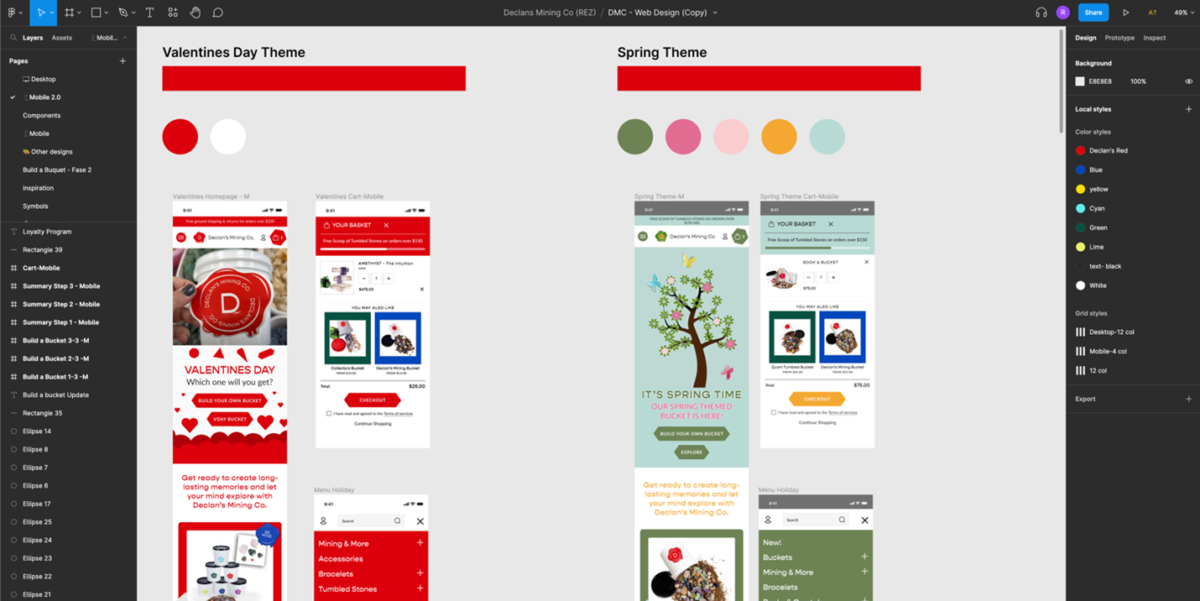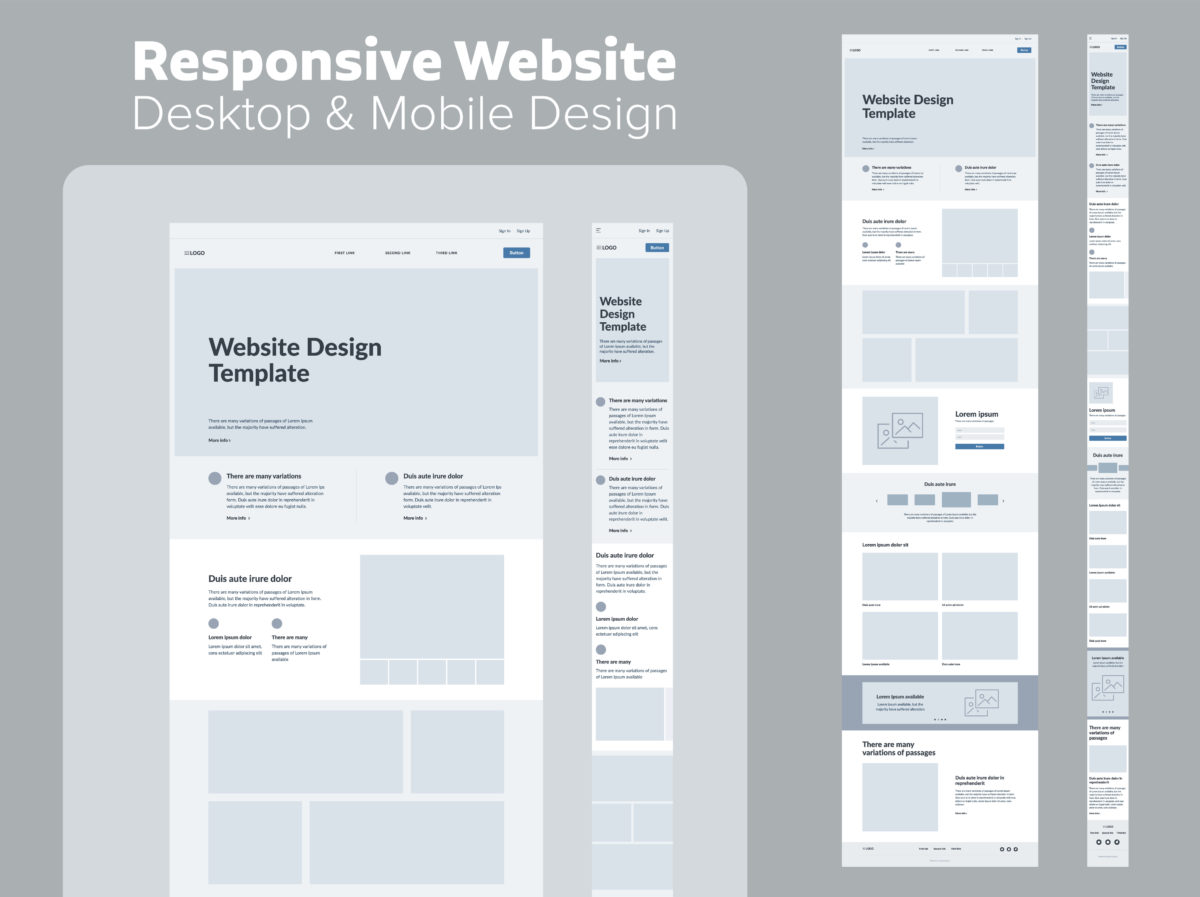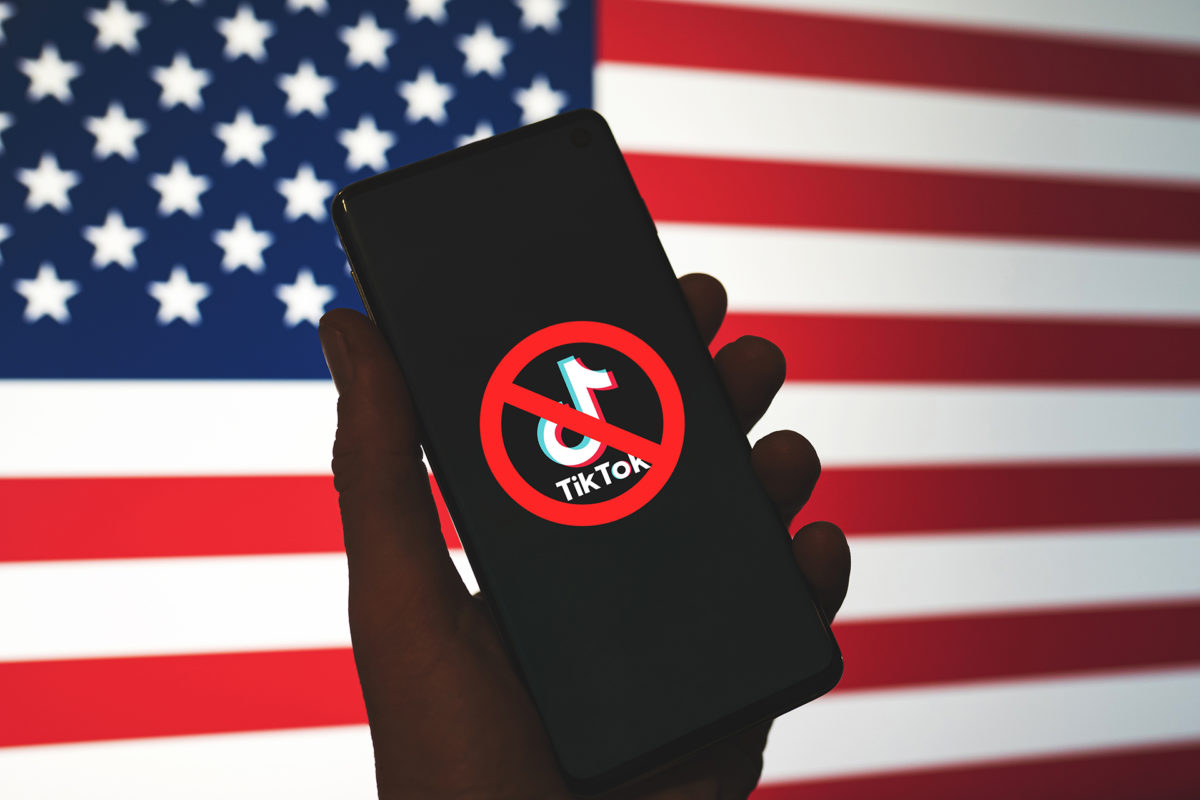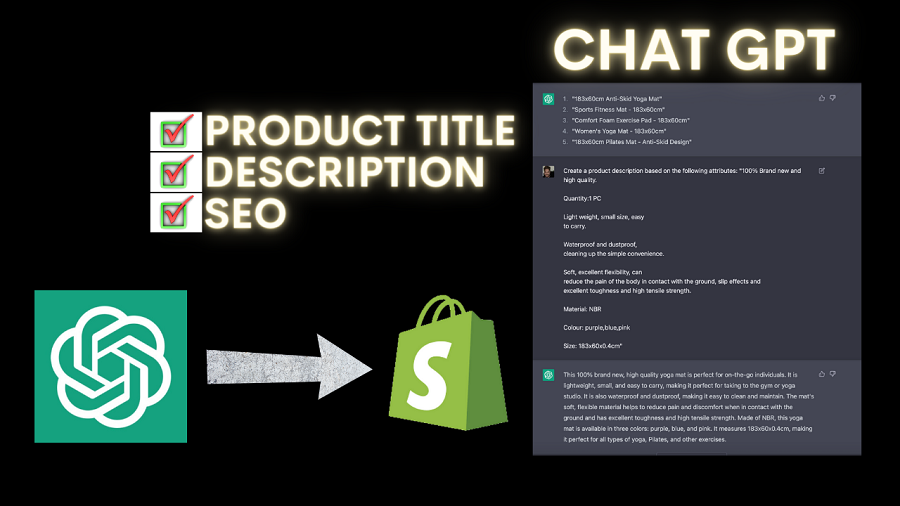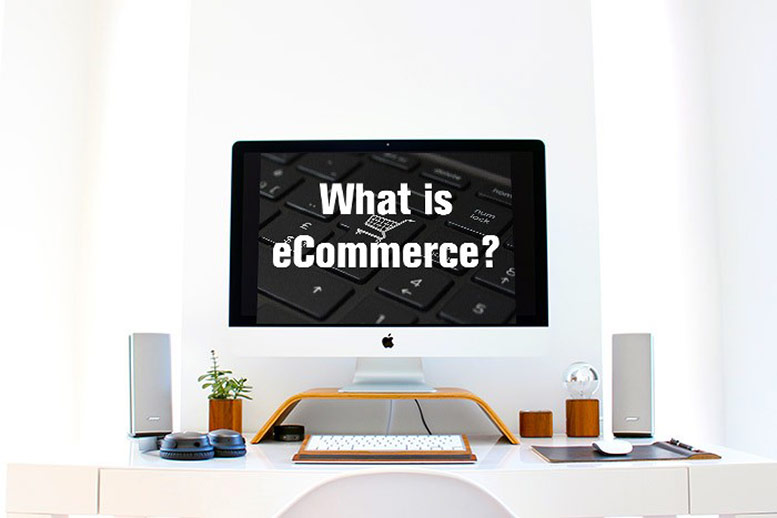Ecommerce has become a vital component in the world of online sales, and ecommerce web design has become increasingly important for businesses to attract and retain customers. A well-designed ecommerce website creates a positive user experience and helps establish a strong brand identity, building trust with potential customers and, ultimately, driving sales.
Recent studies have shown that ecommerce web design is critical to the success of ecommerce businesses. According to Stanford University, 75% of users judge a business’s credibility based on its ecommerce web design. According to Forrester Research, having a well-designed user interface can boost website conversion rates by as much as 200%. This means that ecommerce web design has a significant impact on both user experience and conversions.
In this article, we will provide practical insights and recommendations for businesses looking to leverage ecommerce web design in their marketing strategies. Whether you are just starting your ecommerce business or looking to improve your existing website, these tips will help you create a user-friendly and visually appealing ecommerce web design that drives conversions and builds brand loyalty.
Here’s what to expect:
Tip 1: Prioritize User Experience (UX)
Tip 2: Build Trust with a Professional Appearance
Tip 3: Simplify Product Search and Filtering
Tip 4: Optimize Product Pages
Tip 5: Encourage Customer Reviews and Social Proof
Tip 6: Streamline the Checkout Process
Tip 7: Personalize the Shopping Experience
Tip 8: Utilize Clear and Persuasive Call-to-Action (CTA) Elements
Tip 9: Leverage Analytics to Identify and Resolve Pain Points
Tip 10: Optimize for Search Engines (SEO)
Bonus Tip: Work With An Acclaimed Ecommerce Web Designer
Conclusion
Frequently Asked Questions (FAQs)
Tip 1: Prioritize User Experience (UX)
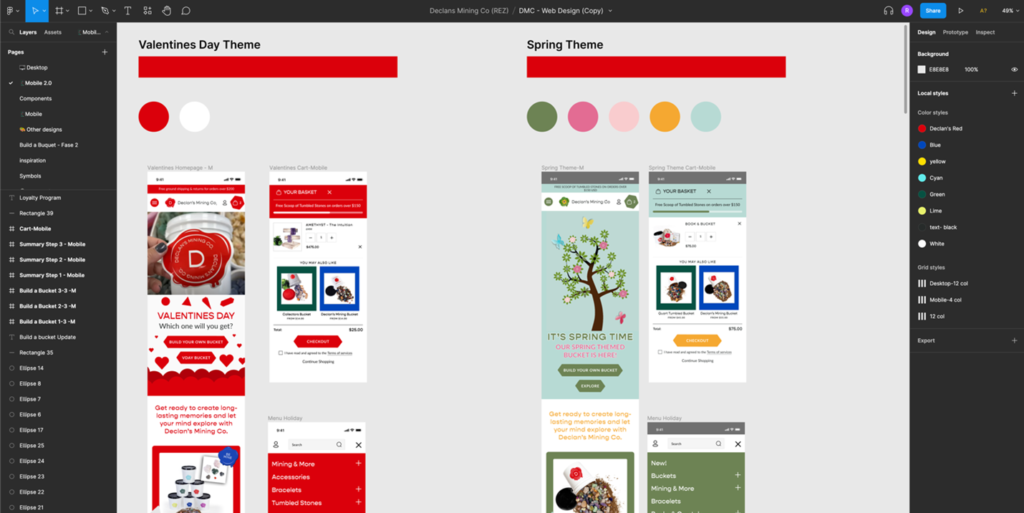 User experience is critical for ecommerce web design. These are some suggestions to assist you in prioritizing user experience (UX):
User experience is critical for ecommerce web design. These are some suggestions to assist you in prioritizing user experience (UX):
- Streamlined navigation: A simple and intuitive navigation system is key to providing a smooth user experience. Avoid overwhelming users with too many options, and make sure your navigation is easy to use and understand.
According to a case study by WpBeginner, simplifying ecommerce web design navigation can increase ecommerce website usability by up to 90%. Incorporating a streamlined navigation system can help users locate what they’re seeking more efficiently and with less difficulty. This can result in less frustration and a better overall user experience.
- Mobile-first design: With more and more people shopping on their mobile devices, it’s essential to prioritize mobile-first design. This means designing your website with mobile users in mind, including responsive design and fast load times.
Mobile ecommerce sales are expected to reach $4.1 trillion by end of 2023, highlighting the importance of mobile-first design. According to a study by Google, 53% of mobile visitors will leave an ecom website page that takes longer than three (3) seconds to load, emphasizing the need for fast loading pages.
- Fast-loading pages: A report by Kissmetrics found that 47% of consumers expect a webpage to load in 2 seconds or less, and 40% will abandon a page if it takes longer than 3 seconds to load. Improving page load times can lead to improved user engagement and higher conversion rates.
On the contrary, slow page load times can lead to high bounce rates and lost sales, so ensure your ecom website loads quickly by optimizing images and code.
Tip 2: Build Trust with a Professional Appearance
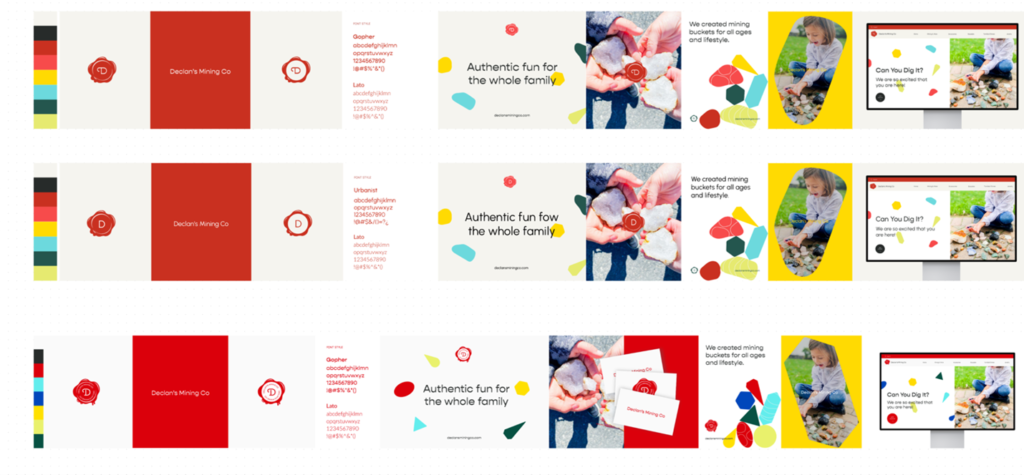 Building trust with potential customers is crucial for ecommerce success. Below are some suggestions to assist you in crafting a professional appearance:
Building trust with potential customers is crucial for ecommerce success. Below are some suggestions to assist you in crafting a professional appearance:
- Consistent branding: A consistent brand identity across your ecommerce web design and marketing materials can help to build trust with potential customers.
- High-quality visuals: High-quality product images and videos can help to showcase your products and build trust with potential customers. According to a study by Adobe, 67% of online shoppers consider high-quality product images to be more important than product descriptions and customer reviews, emphasizing the importance of high-quality visuals. Businesses can establish trust with potential customers and enhance user experience by providing high-quality images and videos that display their products and services.
- Secure browsing with HTTPS: Implementing HTTPS can help to protect user data and build trust with potential customers. A study by GlobalSign found that 84% of users will abandon a purchase if they do not trust a website’s security, highlighting the importance of secure browsing with HTTPS.
By implementing SSL certificates and ensuring that all website transactions are secure, businesses can build trust with potential customers and improve user experience.
Tip 3: Simplify Product Search and Filtering
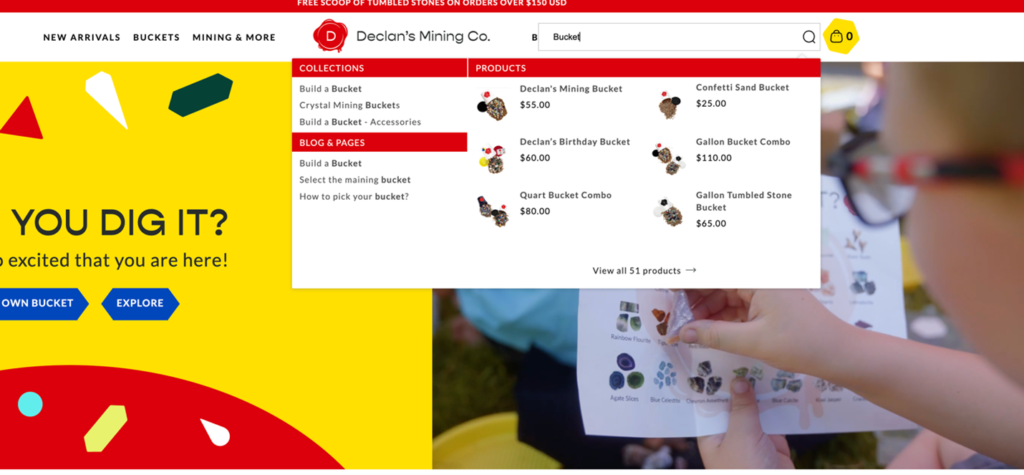 Simplifying product search and filtering can help to create a positive user experience. Here are some tips to help you simplify product search and filtering:
Simplifying product search and filtering can help to create a positive user experience. Here are some tips to help you simplify product search and filtering:
- Intuitive search functionality: A search bar that is easy to find and use can help users quickly find what they’re looking for. A study by eConsultancy found that 30% of ecommerce website visitors will use the search function to find a product, emphasizing the need for intuitive search functionality. Implementing autocomplete and suggestions can help users find what they are looking for quickly and efficiently.
- Robust filter options: Providing users with robust filter options can help them narrow down their search and find products that meet their specific needs.
According to a study by Baymard Institute, filtering is the most important feature on an ecommerce website, with 43% of users finding it important. By offering comprehensive filter options, users can pinpoint the exact products they desire, which enhances their overall experience and boosts the chances of a purchase.
- Search autocomplete and suggestions: Adding search autocomplete and suggestions can help users find products quickly and easily.
Research has shown that search suggestions can improve search efficiency by up to 40%, highlighting the importance of search autocomplete and suggestions. Implementing these features can help users find what they are looking for quickly and easily, leading to improved user experience and higher conversion rates.
Tip 4: Optimize Product Pages
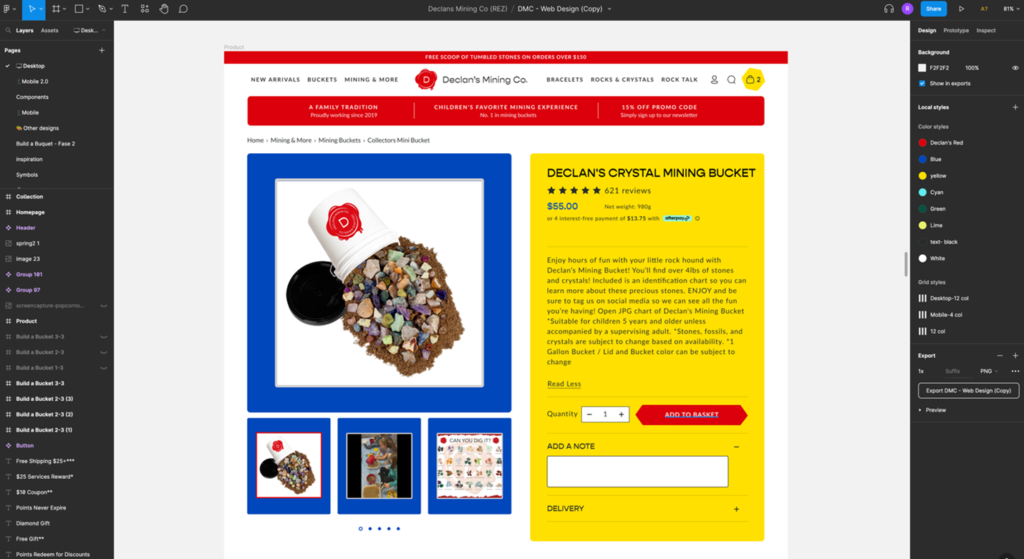
Optimizing product pages can help to increase conversions and sales. Below are a few tips to help you optimize product pages:
- High-resolution product images: High-quality images can help users visualize the product and make a purchase decision.
- Informative and scannable product descriptions: Product descriptions should be informative, engaging, and easy to scan. Use bullet points, subheadings to break up long blocks of text.
- Clear pricing and shipping information: Make sure pricing and shipping information is clear and easy to find on product pages.
Tip 5: Encourage Customer Reviews and Social Proof
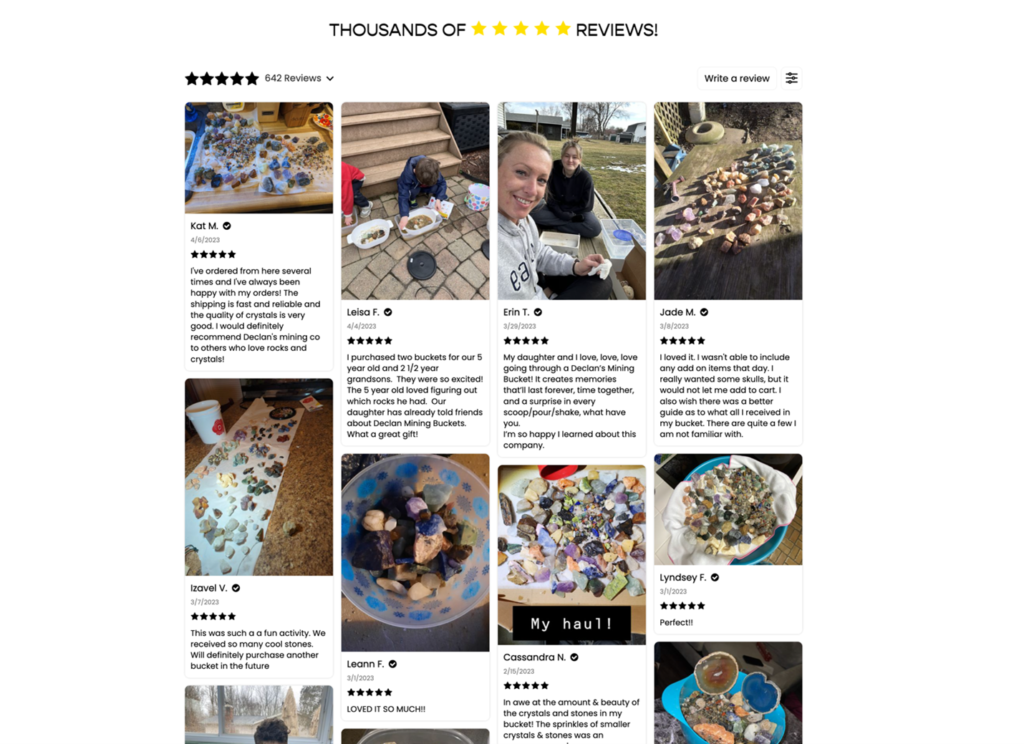
Encouraging customer reviews and social proof can help to build trust with potential customers. Below are some tips to help you encourage customer reviews and social proof:
- Easy review submission process: Make it easy for customers to leave a review by implementing a simple review submission process.
- Displaying customer testimonials: Studies show that 87% of consumers read online reviews for local businesses, emphasizing the importance of customer testimonials. By displaying customer reviews and testimonials, businesses can build trust with potential customers and improve user experience.
- Integrating social media sharing: Integrating social media sharing buttons can encourage customers to share their purchases and positive experiences with their networks.
Research has shown that 71% of consumers will share positive experiences with a brand on social media, highlighting the importance of integrating social media sharing into ecommerce websites. Enabling users to easily share products and services on social media platforms can amplify brand exposure and drive more traffic to a business’s website.
Tip 6: Streamline the Checkout Process
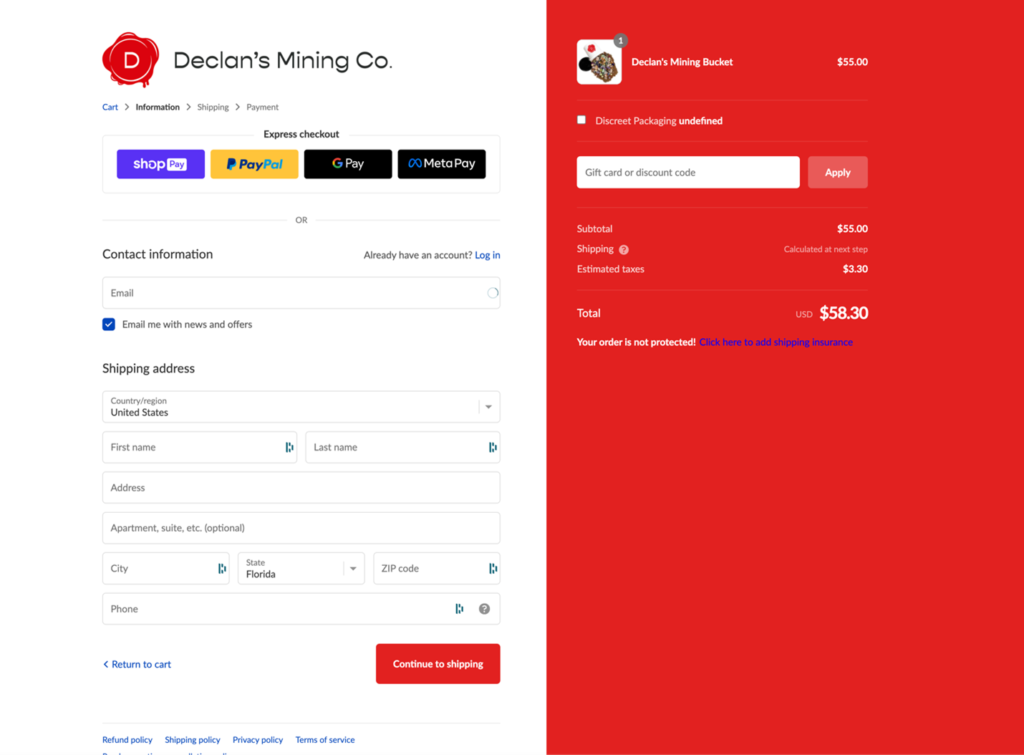
Simplifying the checkout process can lower cart abandonment rates and boost sales. Here are a few suggestions to assist you in streamlining the checkout process:
- Minimizing required steps: Keep the checkout process as simple as possible by minimizing required steps.
- Guest checkout option: Providing a guest checkout option can help to reduce friction and increase conversions.
- Multiple payment methods: Offering multiple payment options can help to accommodate different customer preferences and increase conversions.
Tip 7: Personalize the Shopping Experience
Personalizing the shopping experience can help to increase customer engagement and drive sales. Here are some tips to help you personalize the shopping experience:
- Customer segmentation: Divide your customers into different groups based on their behavior, preferences, and demographics. This can help you create targeted marketing campaigns and personalize the shopping experience for each group.
- Tailored product recommendations: Use customer data to provide tailored product recommendations based on their browsing and purchase history.
In fact, according to a study by Barilliance, personalized product recommendations can increase ecommerce sales by up to 31%. By using customer data to provide tailored product recommendations, businesses can improve user experience and drive sales.
- Remarketing strategies: Use remarketing strategies to remind customers of products they have shown interest in or abandoned in their cart.
A study by SaleCycle found that remarketing emails have an average open rate of 47.7% and a click-through rate of 18.4%, highlighting the effectiveness of remarketing strategies.
Businesses can use customer data to target users who have abandoned their cart or browsed specific products to improve user engagement and drive sales.
Tip 8: Utilize Clear and Persuasive Call-to-Action (CTA) Elements
Clear and persuasive call-to-action (CTA) elements are essential for driving conversions. Here are some tips to help you utilize effective CTAs:
- Strategic CTA placement: Place CTAs in strategic locations such as above the fold, at the end of product pages, and in the checkout process.
- Color psychology in CTA design: Use contrasting colors and consider the psychology behind different colors when designing your CTAs.
- A/B testing for CTA effectiveness: Use A/B testing to compare different CTAs and determine which is most effective in driving conversions.
Tip 9: Leverage Analytics to Identify and Resolve Pain Points
Leveraging analytics tools can help you identify pain points on your ecommerce web design and optimize its performance. Some analytics to leverage include:
- Google Analytics for ecommerce tracking: Use Google Analytics to track important metrics such as conversion rates, bounce rates, and customer behavior. Google Analytics provides a wealth of information about ecommerce web design performance, including conversion rates, revenue, and user behavior. By utilizing this information to identify pain points and optimize website performance, businesses can enhance user experience and increase sales.
- Heatmap and user session recording tools: Use heatmap and user session recording tools to gain insights into how users interact with your website and identify potential pain points.
Heatmap and user session recording tools can provide valuable insights into how users interact with an ecommerce website, highlighting pain points and areas for improvement.
By analyzing this data, businesses can make informed decisions about ecommerce web design and functionality, leading to improved user experience and higher conversion rates.
- Regular website audits: Conduct regular website audits to identify areas of improvement and optimize your website’s performance. Regular website audits can help businesses identify areas for improvement and optimize website performance.
By conducting audits on a regular basis, businesses can stay ahead of emerging trends and technologies, ensuring that their ecommerce web design remains competitive and effective.
Tip 10: Optimize for Search Engines (SEO)
Optimizing for search engines can help to drive organic traffic to your ecommerce website. Below are some suggestions to help you optimize your website for search engines:
- Keyword research and implementation: Conduct keyword research to identify relevant keywords and implement them throughout your website’s content. Studies show that the first five search results get 67.6% of clicks, highlighting the importance of optimizing ecommerce websites for search engines.
By conducting in-depth keyword research and strategically incorporating keywords throughout a website, businesses can enhance their SERP rankings and attract more traffic to their site.
- User-friendly URL structures: Use user-friendly and descriptive URL structures to make it easy for search engines and users to navigate your website.
Studies have found that short URLs with targeted keywords rank higher in search engine results, emphasizing the importance of user-friendly URL structures. Creating simple and descriptive URLs can help businesses improve their website’s search engine optimization and make it easier for users/visitors to find what they are looking for.
- Rich snippets and schema markup: Use rich snippets and schema markup to provide search engines with more information about your ecommerce web design and improve its visibility in search results.
A study by Search Engine Journal found that websites with rich snippets get 20-30% higher click-through rates, highlighting the importance of incorporating rich snippets and schema markup into ecommerce websites. By providing additional information about their products and services, businesses can boost their search engine rankings and attract more visitors to their website.
Bonus Tip: Work With An Acclaimed Ecommerce Web Designer
As a market leader in ecommerce web design, our team of Digital Gurus team at Rezolutions Design understands the importance of creating visually appealing and user-friendly ecommerce websites. Our expertise in the field has earned us recognition as one of the best ecommerce web designers and developers in Florida by none other than Clutch, a reputable B2B ratings, and reviews platform.
At Rezolutions Design, we believe that ecommerce web design should be more than just aesthetically pleasing. It should also prioritize user experience, simplify product search and filtering, optimize product pages, and streamline the checkout process. By following these best practices, businesses can create a positive online shopping experience for their customers and ultimately drive sales.
Our team here at Rezolutions Design will work closely with you to understand your business’ unique business goals and tailor ecommerce web design solutions to meet those needs. Whether it’s building a new ecommerce web design from scratch or revamping an existing one, our team is dedicated to providing high-quality web design services that meet and exceed client expectations.
Conclusion
In today’s competitive online marketplace, ecommerce web design plays a crucial role in driving sales and building brand loyalty. As we have seen, statistics from reputable sources like Stanford University and Forrester Research have emphasized the importance of ecommerce web design in establishing credibility, improving user experience, and increasing conversions.
Only those businesses that prioritize it are more likely to succeed in today’s competitive marketplace. By following these top ecommerce web design tips outlined in this article and working with an experienced ecommerce web designer like Rezolutions Design, businesses can create a positive online shopping experience for their customers and ultimately drive sales.
Frequently Asked Questions (FAQs)
1. What is the best ecommerce platform for web design?
There are several ecommerce platforms available, each with its own strengths and weaknesses. Some of the most popular platforms include Shopify, WooCommerce, Magento, and BigCommerce.
The most suitable platform for your business depends on several factors, such as your budget, business size, product complexity, and technical proficiency. When selecting an ecommerce platform, it’s vital to assess aspects like ease of use, customization capabilities, security features, and compatibility with other tools and services.
2. How can I improve the loading speed of my ecommerce website?
Improving the loading speed of your ecommerce web design is essential for providing a positive user experience and increasing conversions. Some tips to help you improve your ecommerce web design loading speed include:
- Optimize images: Compress images and use a format that is optimized for the web.
- Reduce HTTP requests: Decrease the amount of HTTP requests sent to the server by minimizing the usage of images, scripts, and stylesheets.
- Use caching: Use browser caching and server-side caching to store frequently accessed files locally and reduce load times.
- Use a content delivery network (CDN): Use a CDN to distribute content across multiple servers to reduce the load on your main server and improve load times.
- Minimize code: Minimize HTML, CSS, and JavaScript files to reduce load times.
3. What should I consider when choosing a color scheme for my online store?
Choosing the right color scheme for your online store can help to create a strong brand identity and improve user experience. There are several aspects to take into account when deciding on a color palette, such as:
- Brand identity: Your color scheme should be consistent with your brand identity and logo.
- Target audience: Read the preferences and tastes of your target audience and choose colors that appeal to them.
- Emotional impact: Different colors/designs can evoke different emotions. Consider the emotions you want to convey and choose colors that align with them.
- Contrast: Choose colors that have a good level of contrast to make it easy for users to read and navigate your website.
- Accessibility: Ensure that your website’s color scheme is accessible to all users/visitors, including those with visual impairments like color blindness.
4. How can I use social media to boost my ecommerce web design?
Socialmedia can be a powerful tool for promoting your ecommerce website and improving your ecommerce web design. These are some top tips to help you use social media to boost your ecommerce web design:
- Promote your products: Use social media platforms to showcase your products and highlight their unique features and benefits.
- Engage with customers: Use social media to engage with customers and respond to their questions and concerns.
- Share user-generated content: Share user-generated content such as customer reviews and testimonials to build trust with potential customers.
- Use social media buttons: Add social media buttons to your website to make it easy for users to share your products and content on social media platforms.
- Collaborate with influencers: Collaborate with major social media influencers to promote your products and reach a wider audience.
5. Are pop-ups effective for ecommerce websites?
Pop-ups can be effective for ecommerce websites if used appropriately. Below are some suggestions to help you utilize pop-ups in an effective manner:
- Timing: Use pop-ups at appropriate times, such as when users are about to leave the website or have been browsing for a certain amount of time.
- Relevance: Make sure your pop-ups are relevant to the user’s interests and needs.
- Clear CTA: Include a clear call-to-action in your pop-up to encourage users to take action.
- Frequency: Limit the frequency of pop-ups to avoid overwhelming users and negatively impacting user experience.














